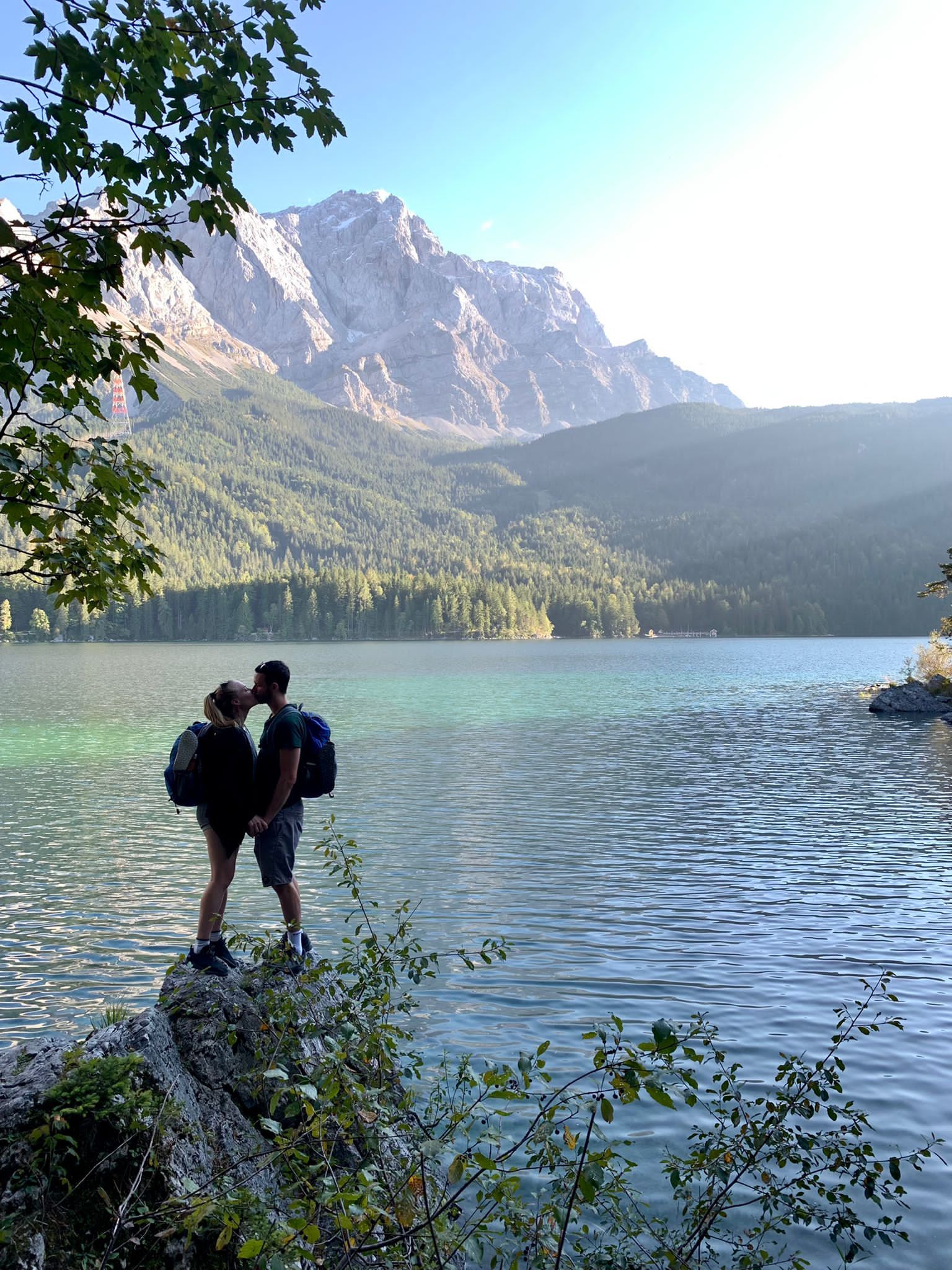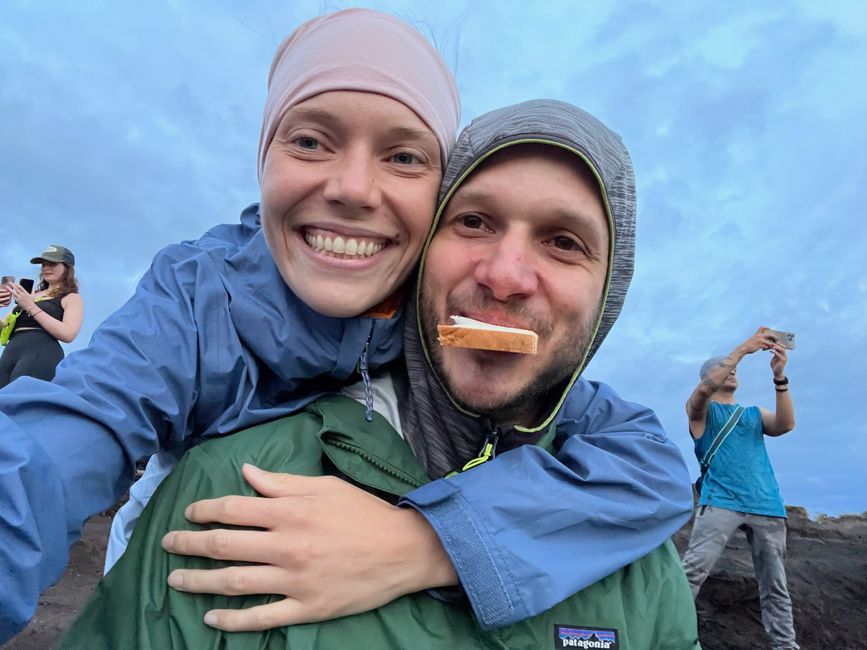Mount Ijen - Banyuwangi
Objavljeno: 25.03.2023
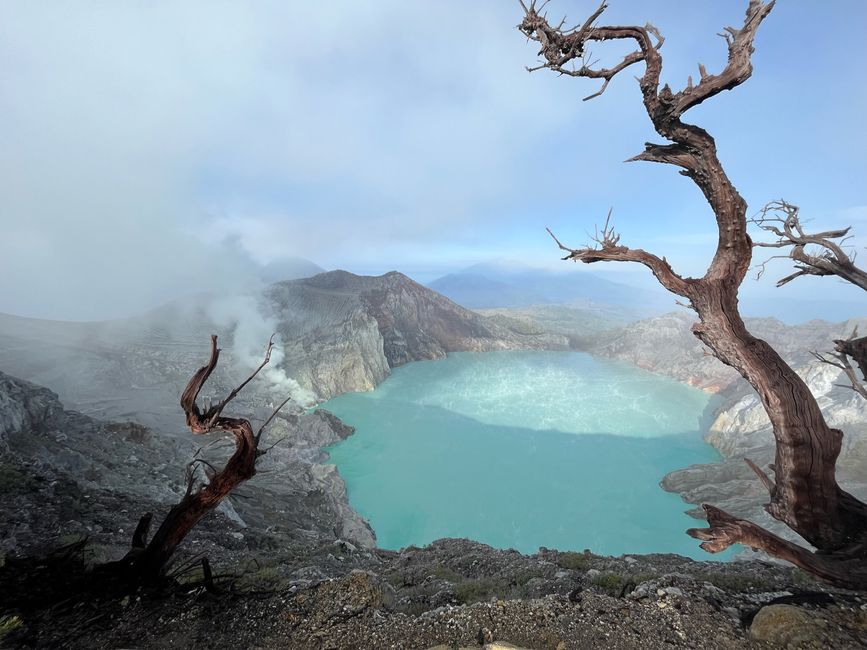
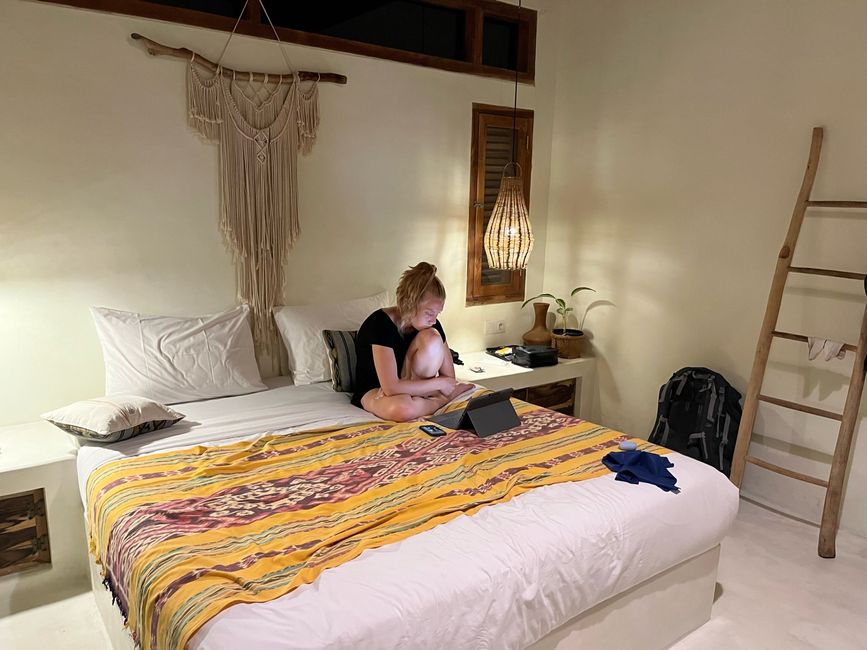
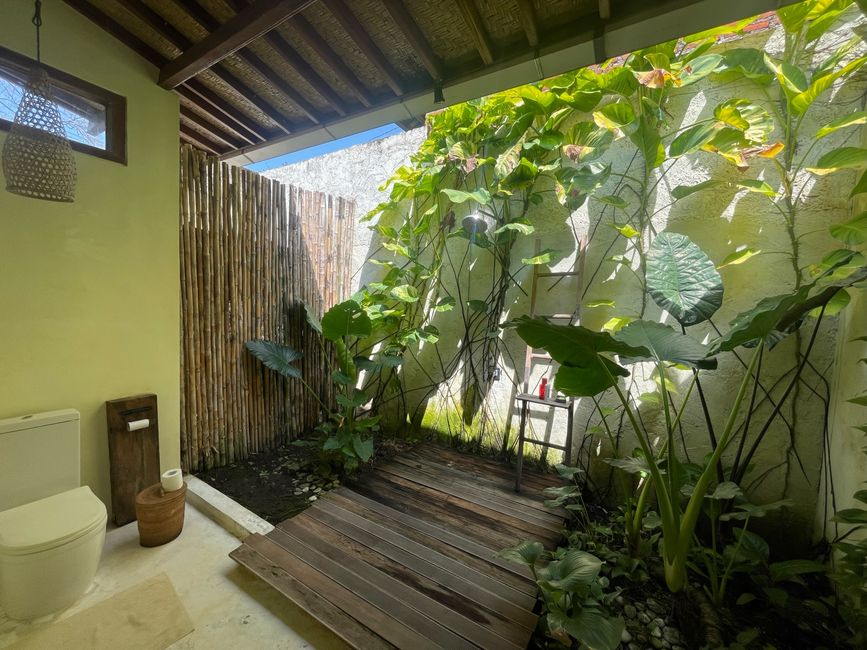
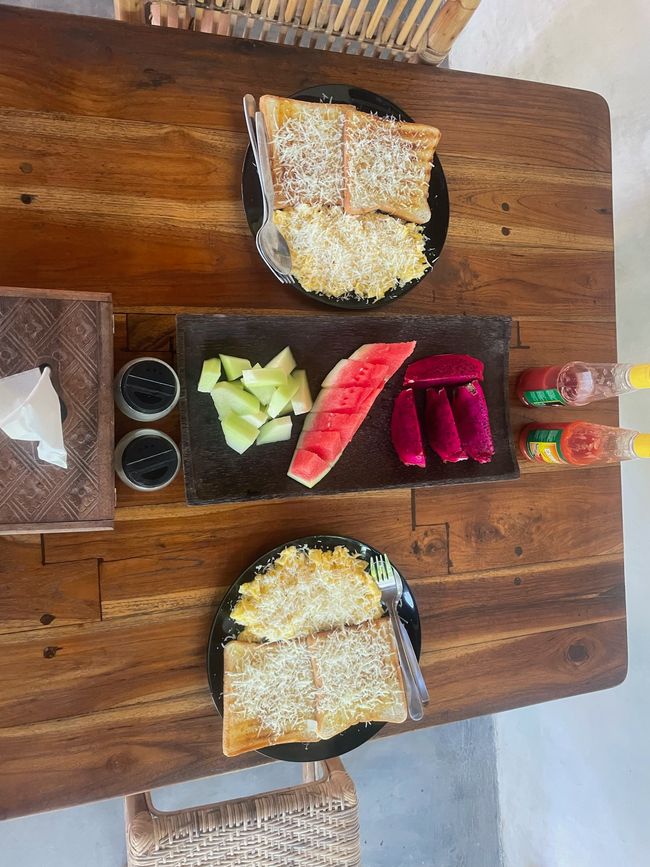
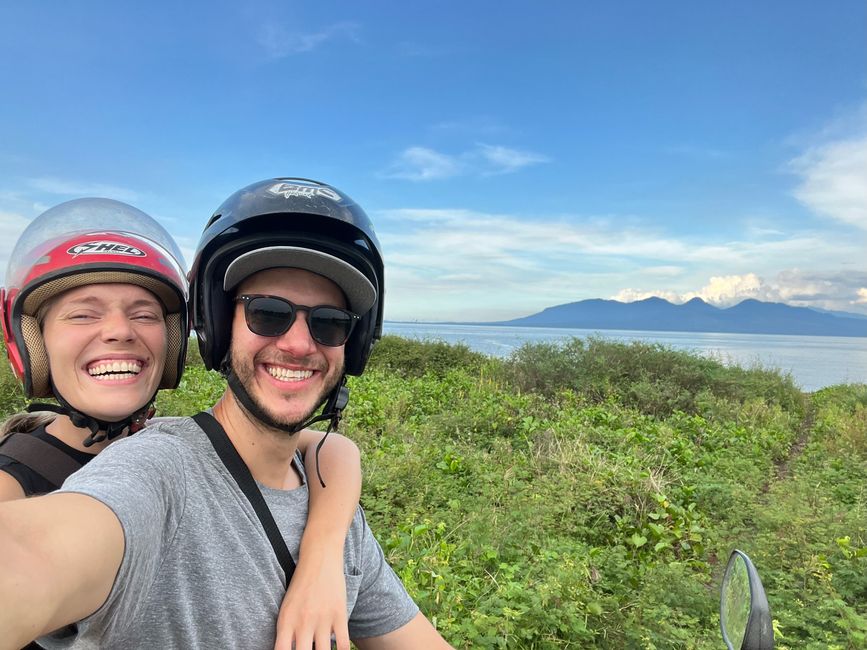
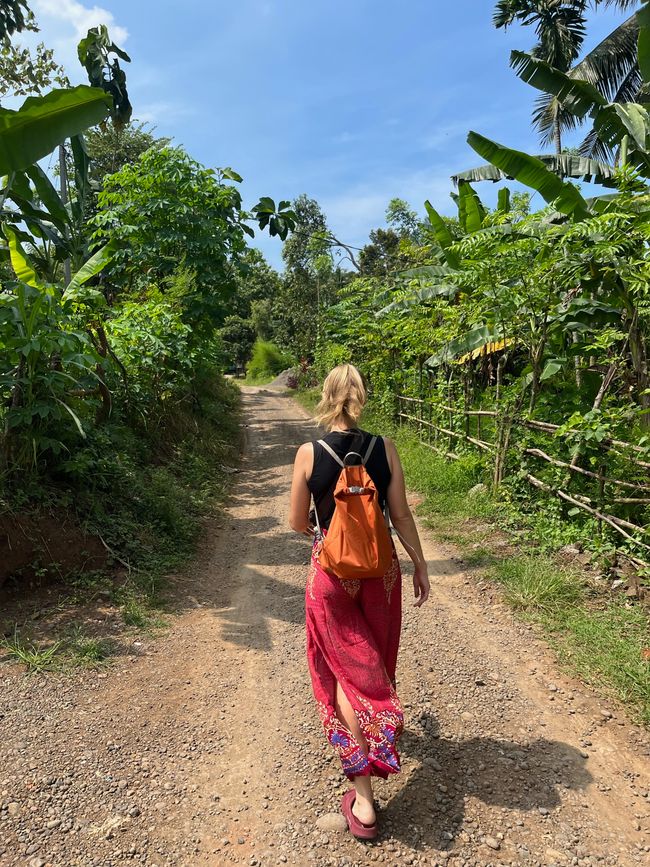
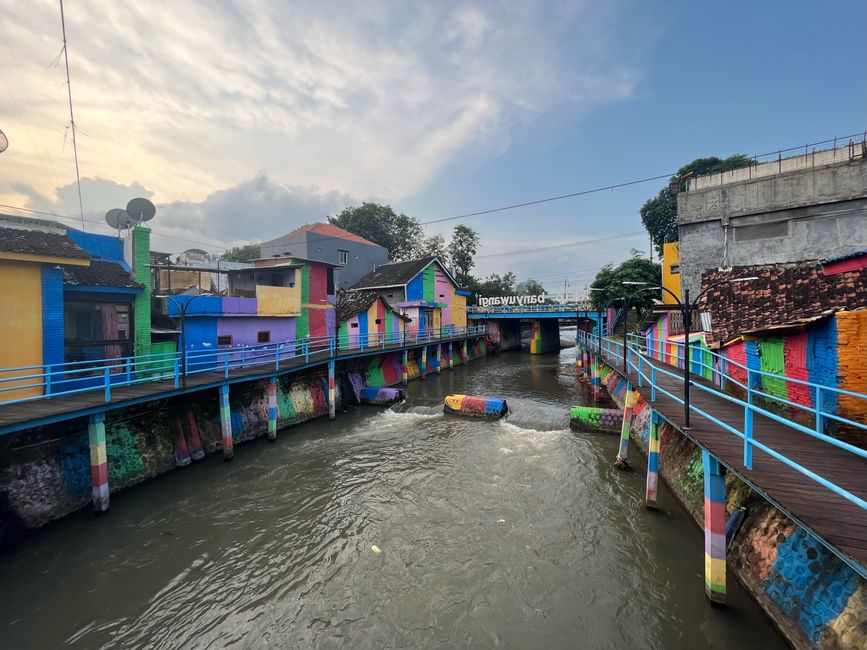
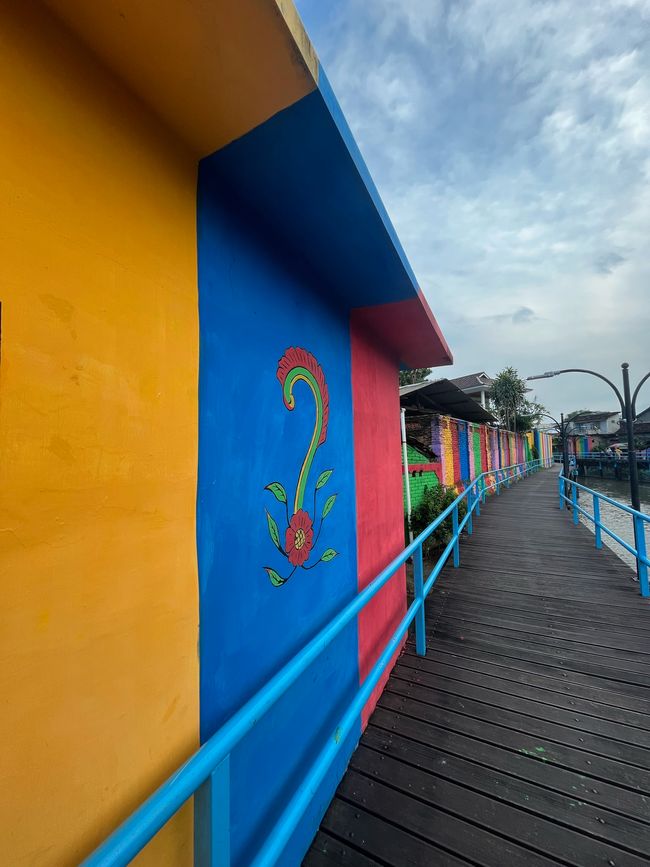
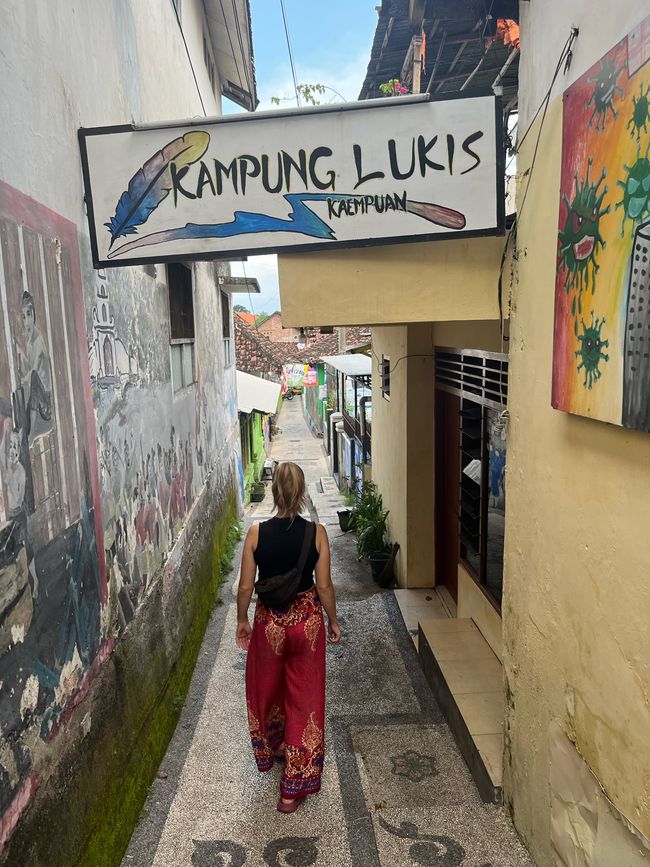
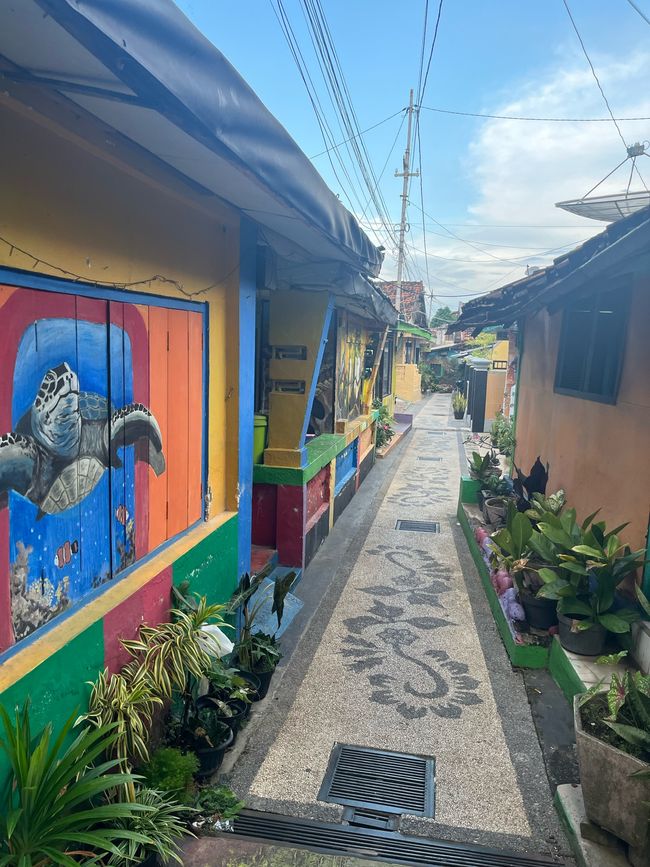
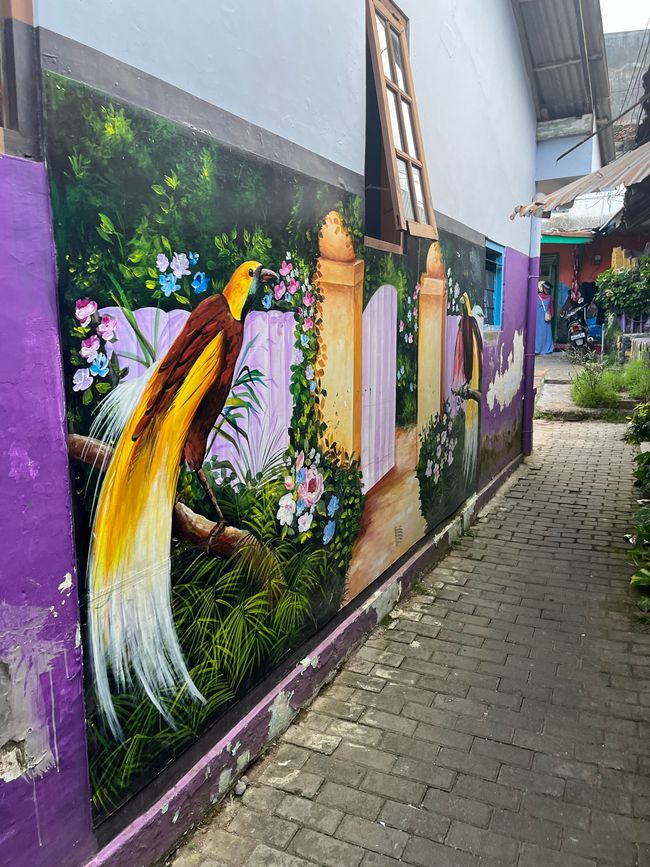
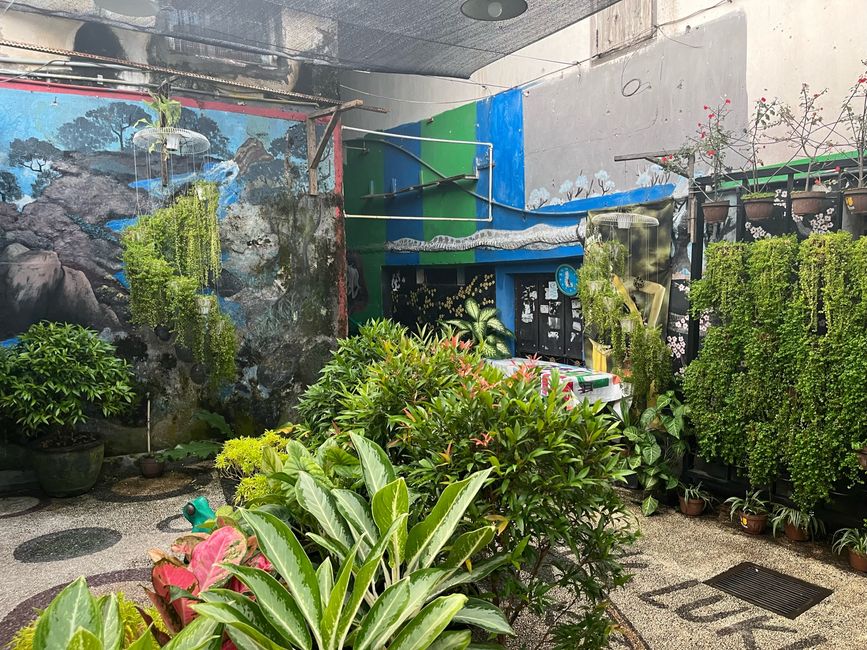
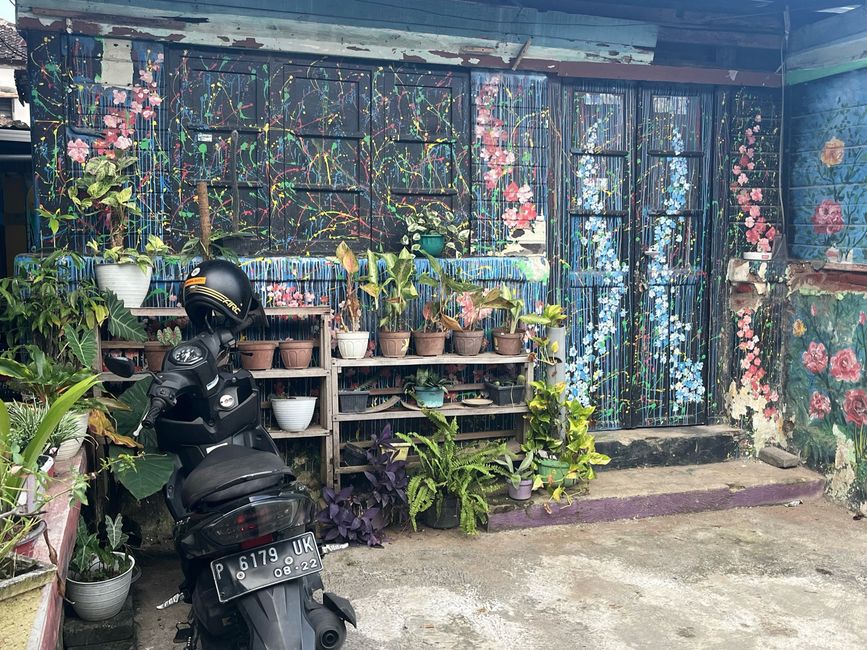
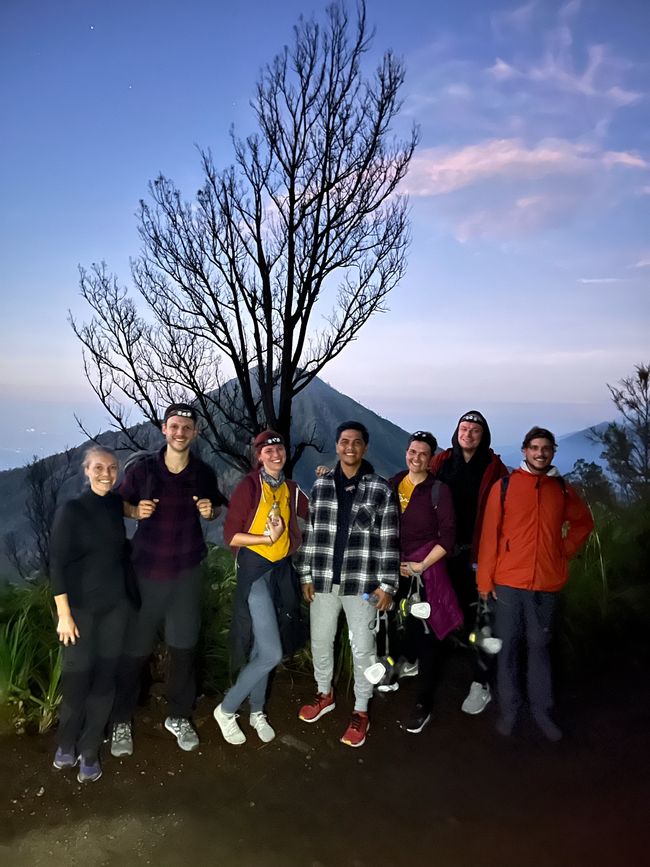
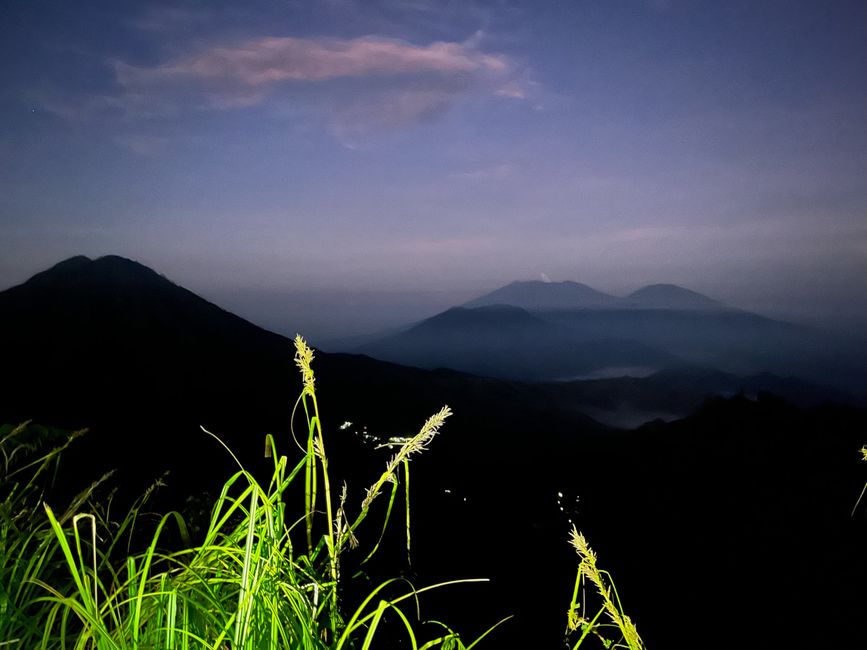
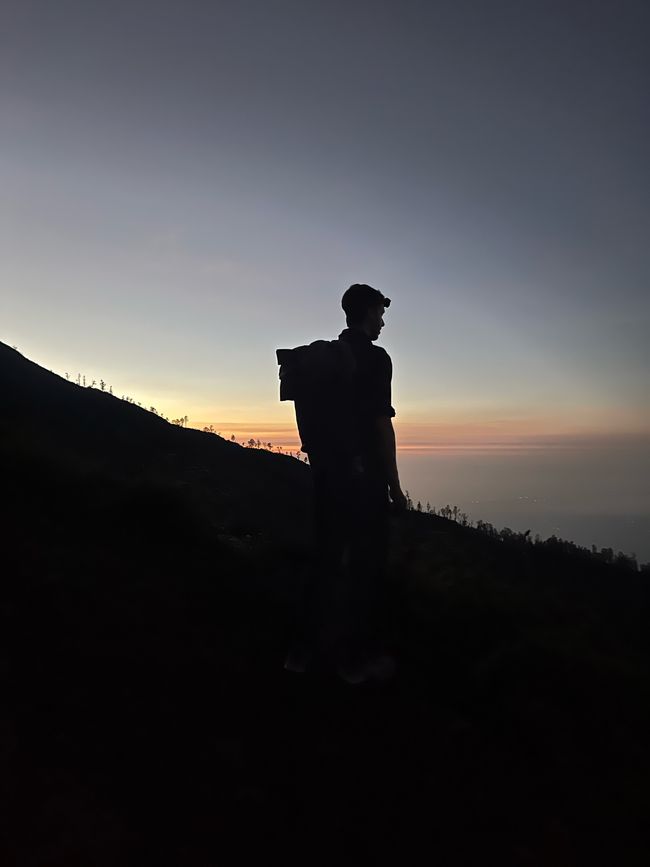
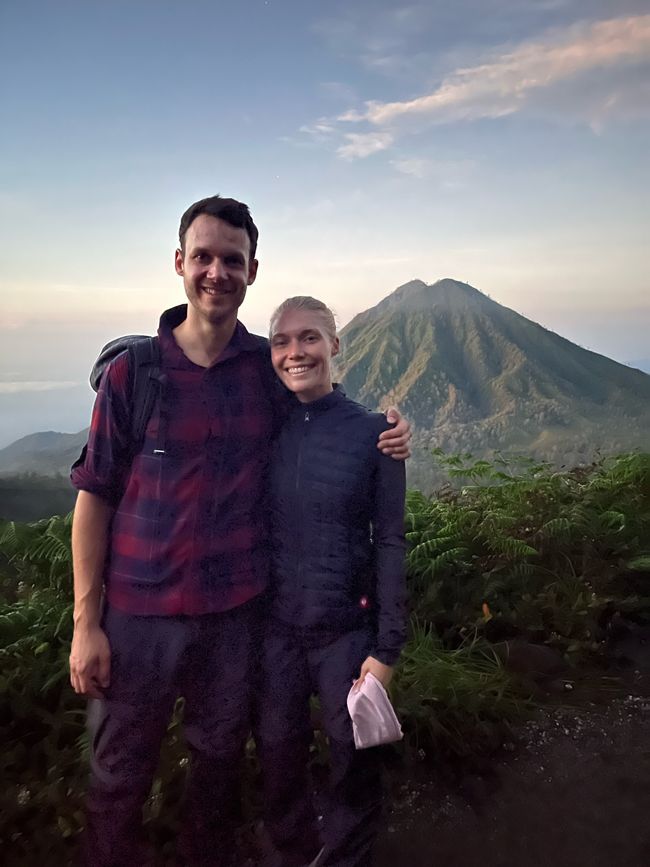
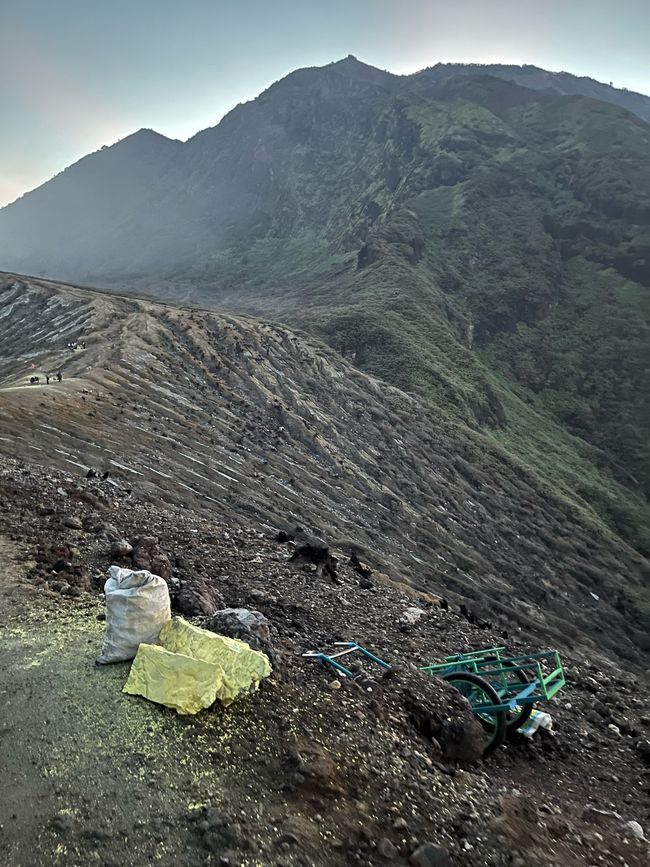
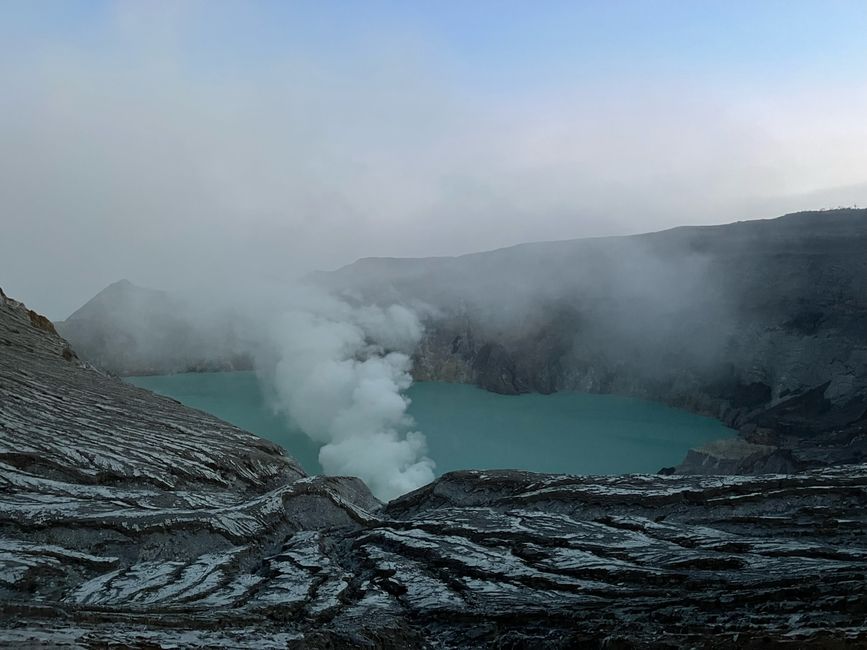
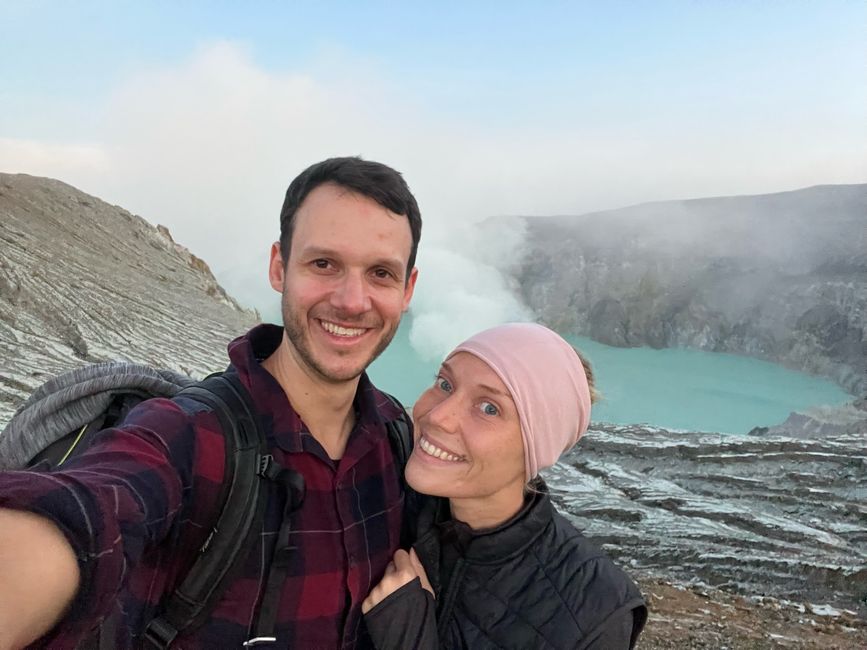
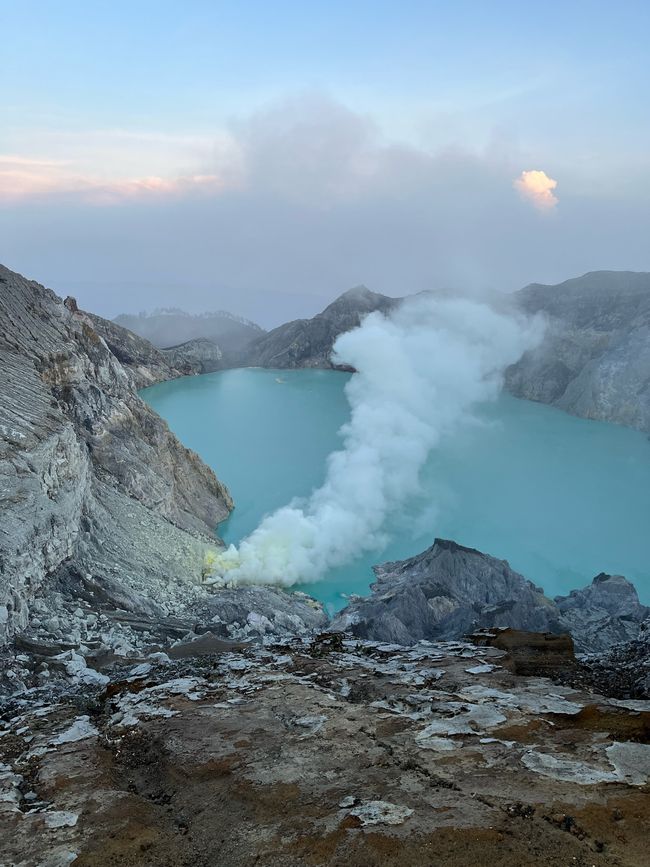
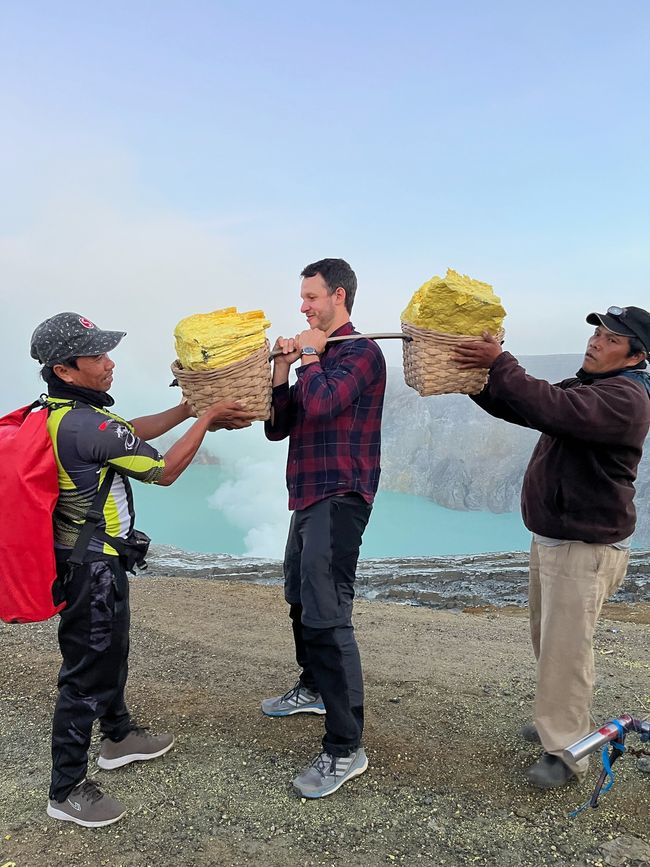
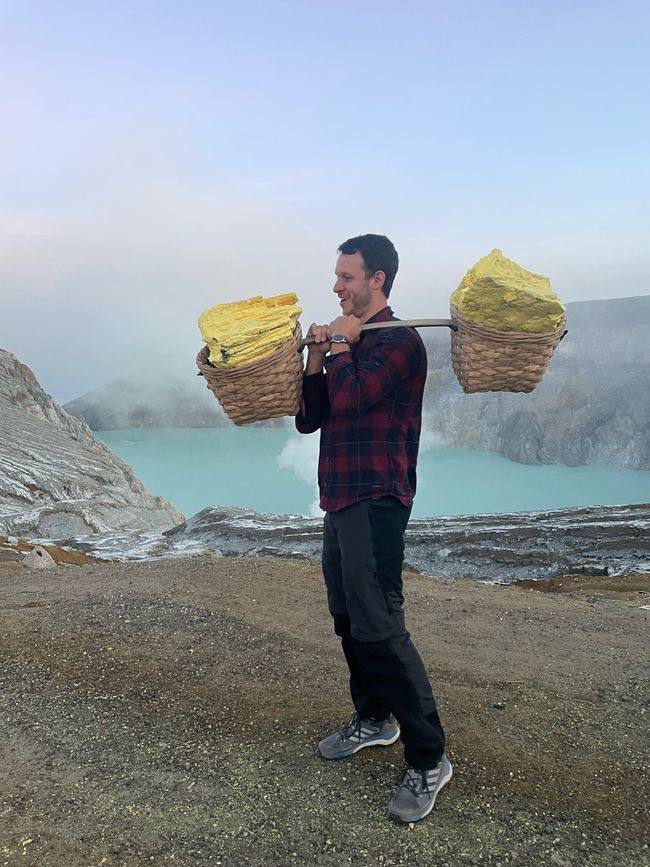
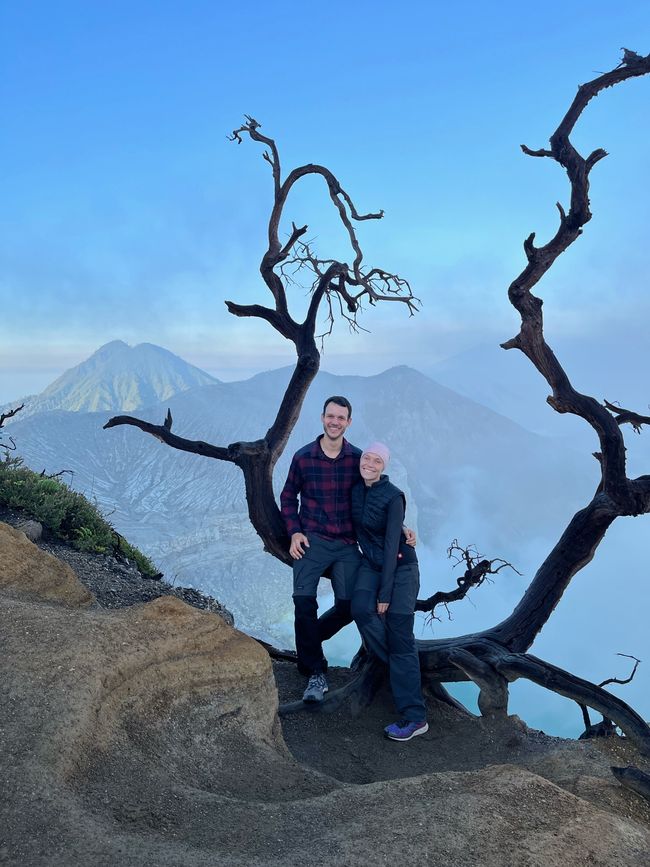
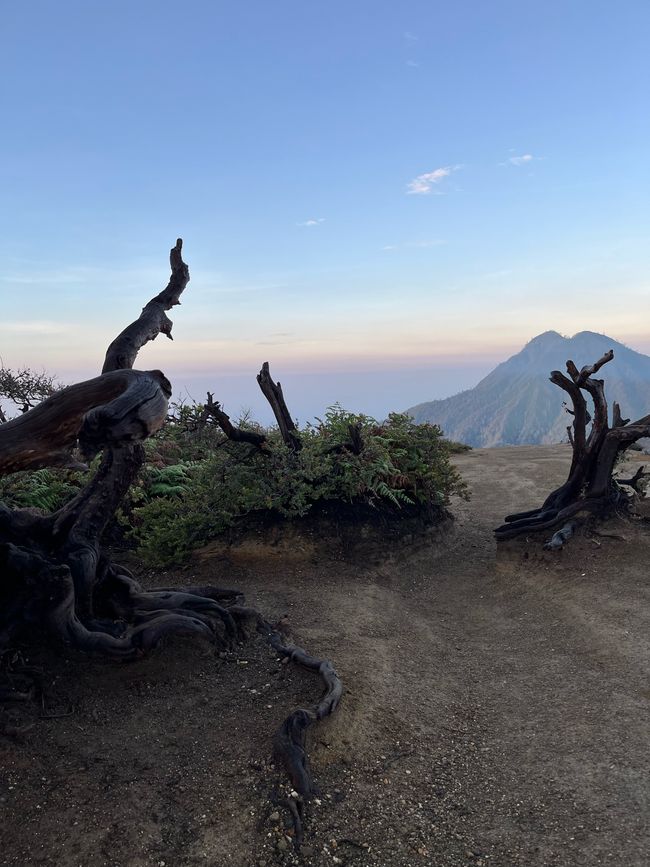
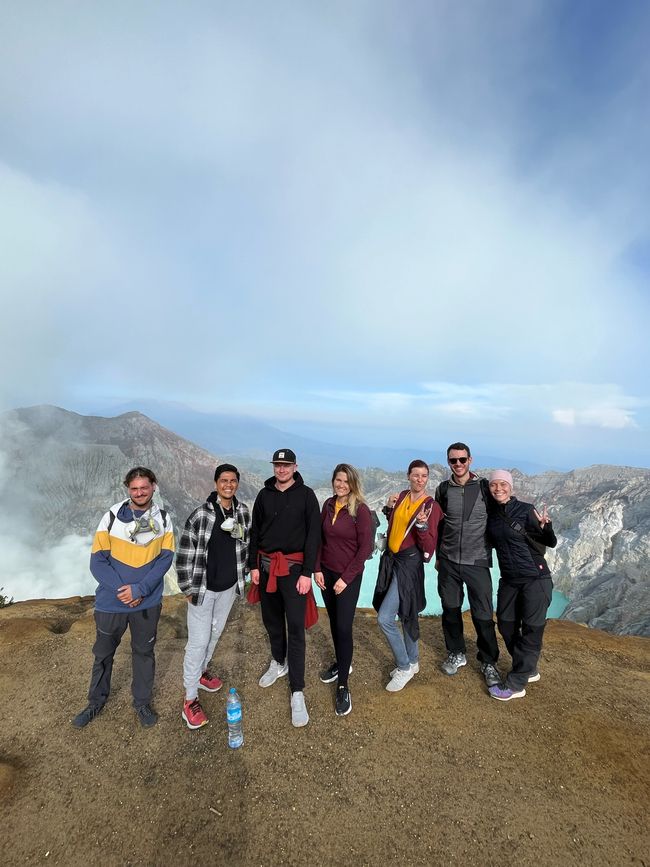
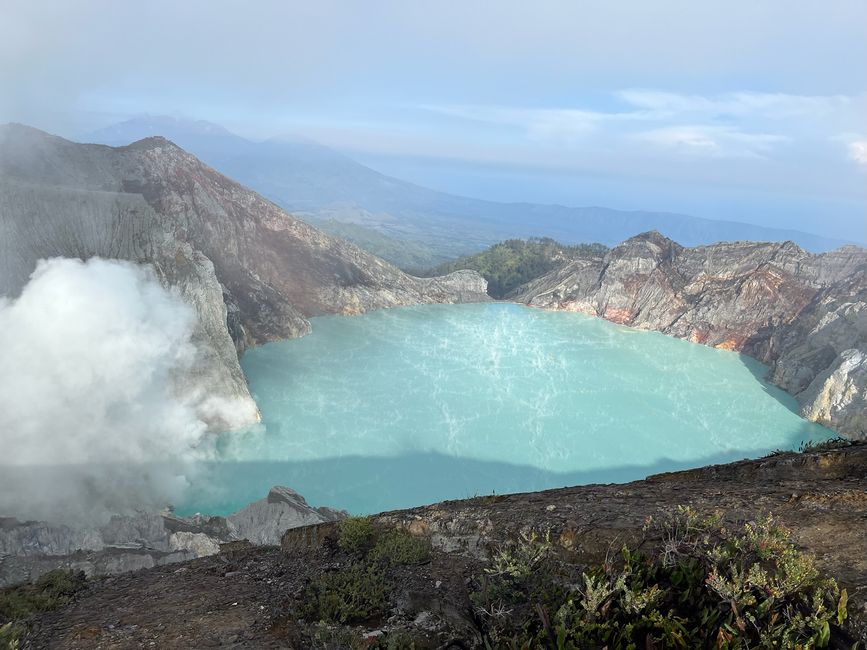
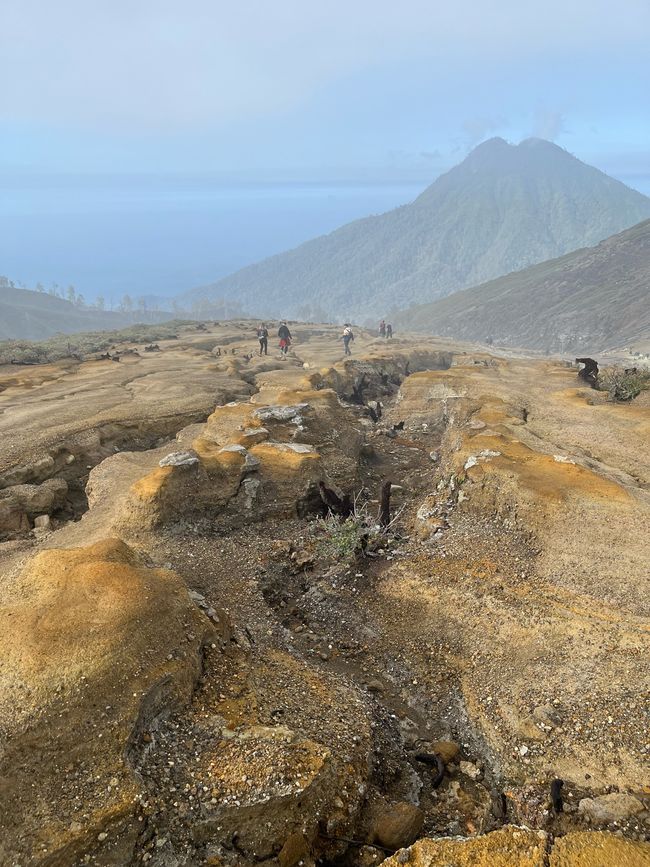
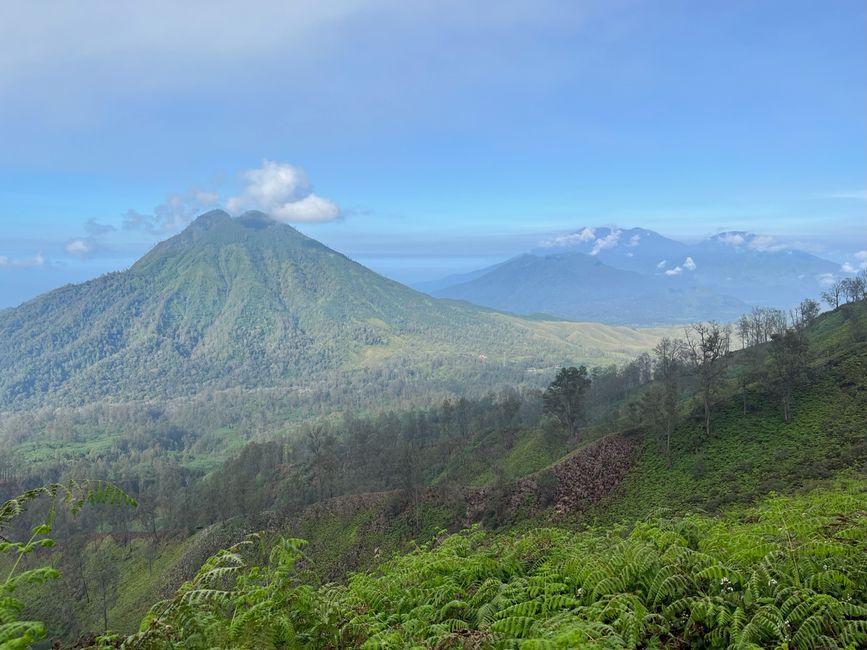
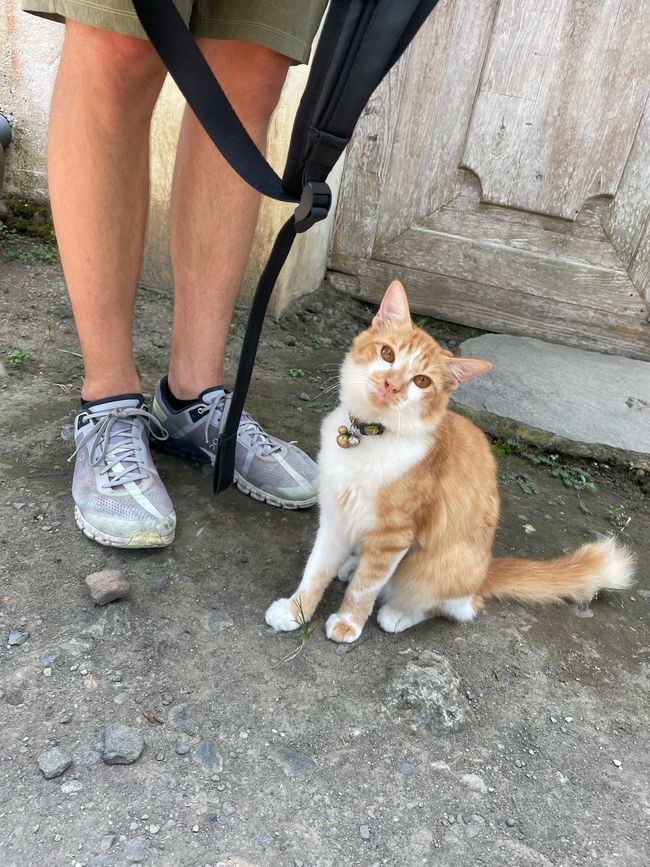
Pretplatite se na bilten
Our last stop in Java was Banyuwangi, and from there we planned a tour to Mount Ijen as the perfect ending to our journey on the Island of Volcanoes. Upon arrival, we were picked up by our host and taken to the beautiful homestay. Our room was great, but the real highlight was the open bathroom with a shower surrounded by plants! We reserved two spots for the tour to Ijen Crater for the following night and spent the next day in the city of Banyuwangi. There were many murals there, which reminded us of Malaysia, and also a row of colorful houses along the - unfortunately, once again - very dirty river. After stocking up on snacks for the upcoming tour and returning our really rickety scooter, we wanted to go to bed early because the volcano tour starts in the middle of the night. Unfortunately, the mosque on the nearby street did not care much about our plan and happily blared Quran verses into our ears with its many large speakers. This drove Philip subtly insane. Our alarm clock rang at half past 1, and conveniently, the mosque rang again, so we definitely couldn't oversleep 😉 First, we drove to the foot of the volcano by car at a rapid pace, which took about 1 hour. There we met the remaining members of our hiking group, all Germans except for one Balinese, all our age and very nice. Together with our guide and some other hiking groups, we set off with headlamps on the 3.5 km long, sometimes really steep path. Above us was the clear night sky, and we could even see the Milky Way. In advance, we were told that unfortunately, we would not be able to see the unique "blue fire", which is created when sulfur comes into contact with oxygen and is only visible at night. As the volcano has been erupting for 2 months, which means increased formation of sulfur vapor in the case of Ijen, it is forbidden to descend into the crater like on other tours where you could see the fire. To prevent people from walking down despite the ban, the entrance gates at the foot of the mountain are only opened at 4 am, and it is not possible to reach the crater before it becomes light. So we "only" saw the sunrise during the hike and the crater lake from above. The landscape was beautiful and surreal at the same time, as there were areas with bright yellow sulfur. Sulfur is extracted in the crater, by hand, without proper protective clothing and without mechanical assistance. The workers risk their health there every day for a meager wage. Our guide himself told us that he had worked in the crater for 10 years, and for the past 7 years he has been doing the tours. "That's better," he is probably right. The workers start early in the morning and knock off the sulfur after it condenses and hardens on the pipes from which the steam comes. They load as much as they can into two baskets connected by a wooden bar, which are then carried on the shoulders. On average, it is about 70 kg, which Philip was allowed to try to lift. Since he is an absolute machine, he managed that easily 😉 But to carry it up from the lake to the edge of the crater 3-4 times in a row, and sometimes even in the steam without gas masks, that is a completely different story. After the last load, the sulfur is loaded onto carts and taken down to be weighed. The payment is based on kilograms, and it is really not much money, especially considering the effort of the work. It was a strange feeling to walk as a tourist in such an environment alongside the workers, who were always friendly and smiling and also sold carved sulfur figurines on the side. We walked a bit further and looked down from even higher on the turquoise-colored lake, which looks innocent but has a pH of only 0.3, equivalent to battery acid, and is considered the most acidic lake in the world. Up on top, the sun finally came out, and there was tea and snacks for us - not for our guide, who was fasting because of Ramadan. After the break, we made our way back down, and several times we were offered a ride down in the cart (which was outfitted with cushions) - everything is turned into a business here. Probably it is more lucrative than carrying sulfur, and healthier too. Back at our accommodation, we had another good breakfast with scrambled eggs and fresh fruit, which disappeared quickly after the exertion. The planned power nap, to Philip's annoyance, was once again sabotaged by a fervently sung Quran verse, and we quickly made our way to the ferry that would take us to the beautiful - and Hindu - Bali.
The Ijen volcano was completely different from Bromo but just as interesting. The sulfur mining, which is undoubtedly one of the hardest jobs in the world, with a bittersweet note.
Pretplatite se na bilten
Odgovori
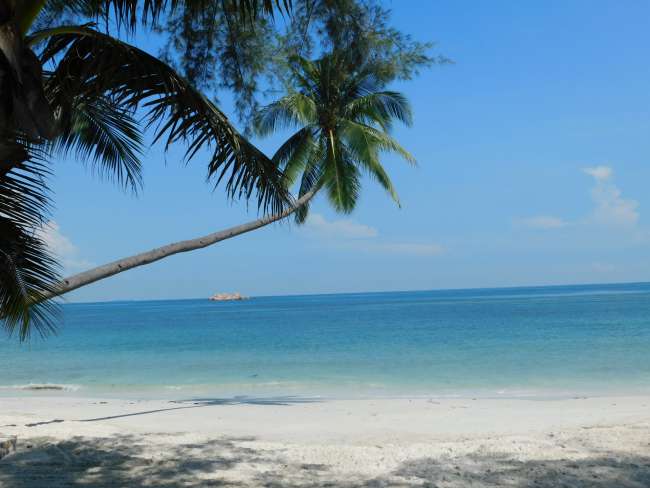
Izvještaji o putovanjima Indonezija
